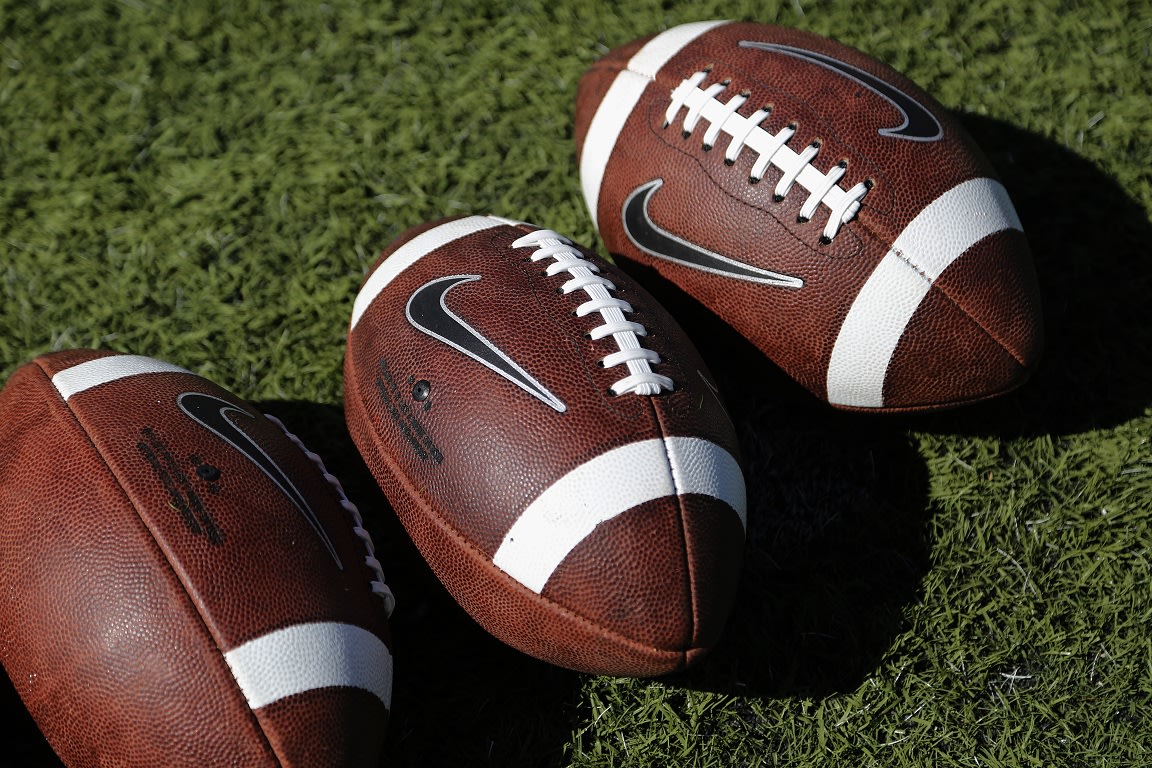
The Division I Football Oversight Committee formally recommended Wednesday that D-I programs reduce the number of “live-contact” practices from two to one per week during the season. The NCAA defines live-contact practices as “any practice that involves live tackling to the ground and/or full-speed blocking.” That includes both full-pad practices and half-pad practices (AKA “shell”) when a player wears shoulder pads and shorts.
These new guidelines, the NCAA said in a release, go into effect “six days before each team’s 2016 regular season opening game” and continue “through the final regular season game or conference championship game.”
Player safety was the impetus for the recommendation.
“The committee made the recommendation in an effort to improve player safety, believing it could decrease athlete exposure to concussion, including repeat concussion and overall head impact exposure,” the release said. “Data indicate that football players are more frequently diagnosed with sport-related concussion on days with an increase in frequency and higher magnitude of head impact.”
The recommendation does not include “thud tackling,” which are practices where players do not tackle to the ground. Additionally, players who won’t compete in the upcoming game in a particular week may “participate in an additional live-contact practice to work on skill development and master proper techniques.”
Division I programs are allowed to have as many as four full-contact practices a week – including one two-a-day session – during the preseason.
The oversight committee’s decision comes nearly five months after the Ivy League’s coaches unanimously voted to eliminate full-contact practices during the season altogether. The Ivy League also agreed last week to move kickoffs to the 40-yard line instead of the 35-yard line in conference games this season. The change will serve as an experiment to see if “altering the kickoff location will bolster safety by increasing the number of touchbacks.”
That data from the 2016 season will be reported to the NCAA Football Rules Committee in February. In conjunction with the change, touchbacks will be moved from the 25 to the 20-yard line.
The D-I Oversight Committee has already had preliminary discussions with the American Football Coaches Association about potentially removing kickoffs from the game completely. It’s unclear if the Ivy League’s study will play a role in those discussions.
CBS, which first broke the news of the discussions, reported that any change for kickoffs at the FBS level “probably” wouldn’t until “after the 2017 season.”
Big 12 commissioner Bob Bowlsby, the chairman of the oversight committee, said the kickoff is “the most dangerous play in the game.”
No comments:
Post a Comment